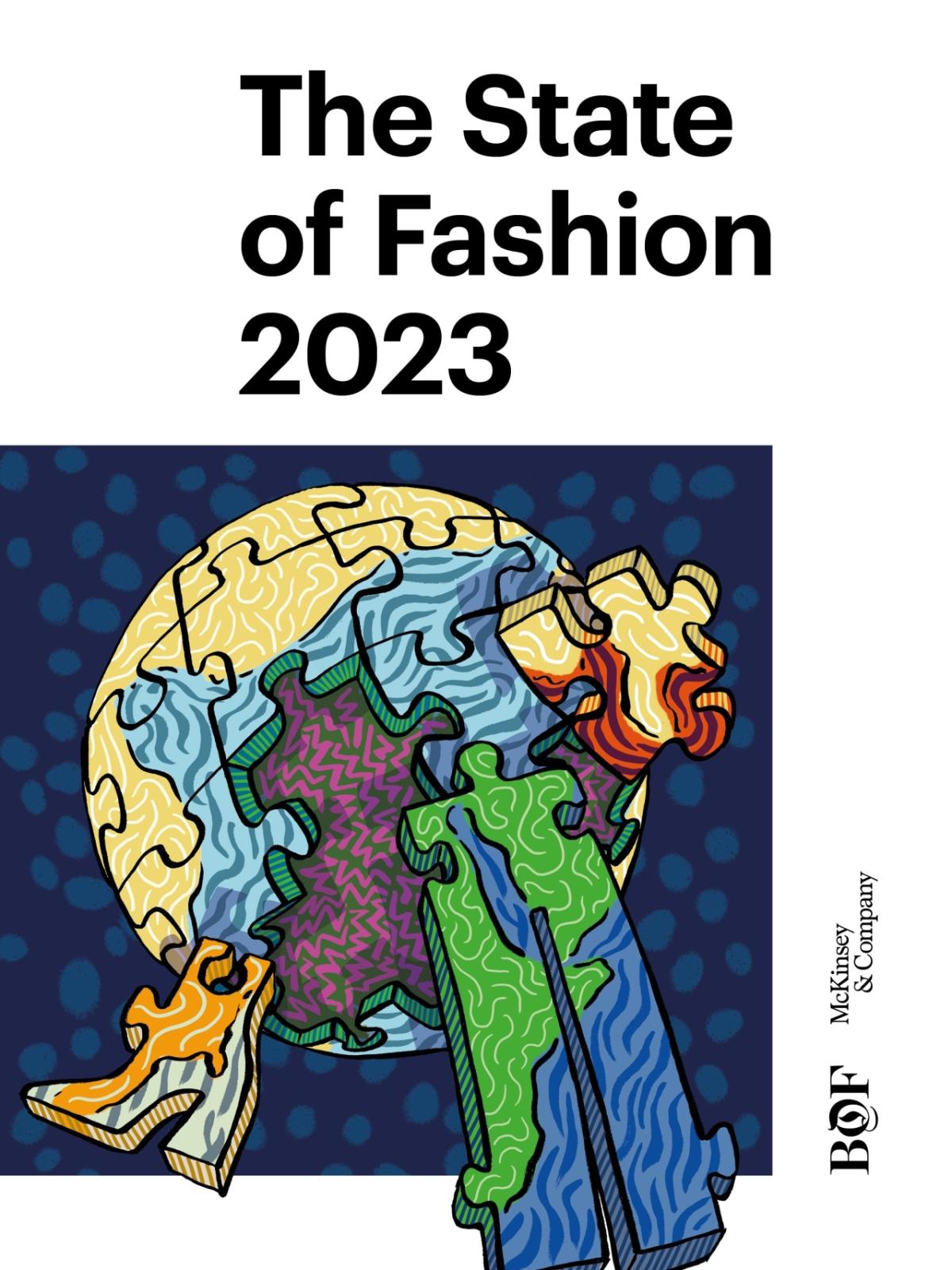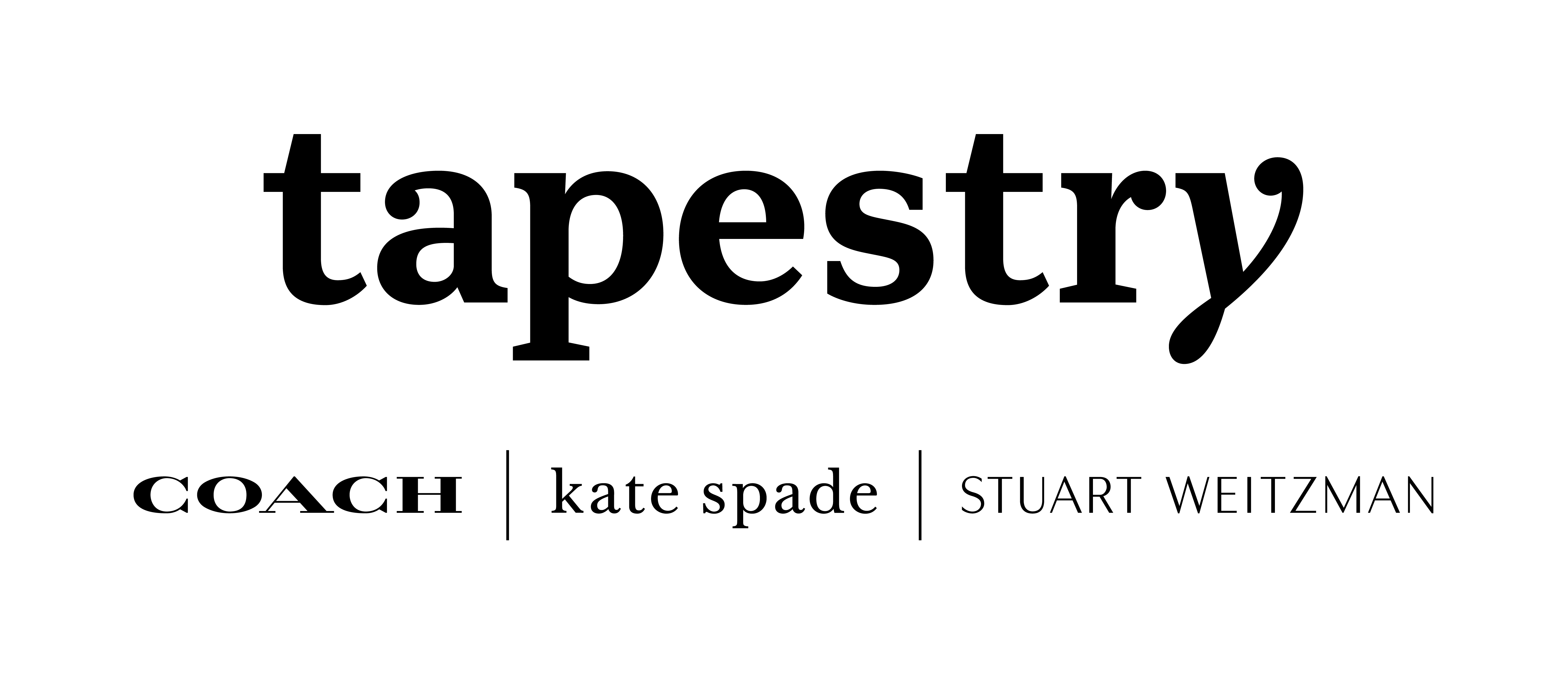Resilience and Circularity Among Key Focuses in 2023 for Tapestry
Interview with Joanne Crevoiserat, Chief Executive, Tapestry

By Tamison O’Connor
The past 12 months have seen the industry trying to figure out what business looks like in a post-pandemic world. How have you approached this at Tapestry? What are the rules for success that have shifted, what dynamics are more or less constant compared with pre-pandemic times?
I think the only constant is change. That’s the one thing we’ve learned. As we embarked on our transformation, which we’ve been working on the last couple of years, we were asking exactly that question: What do we need to compete in the new world of retail? We were seeing a lot of trends in the market, and we wanted to position the company to win in the midst of those trends.
The customer is moving quickly, both in how and where they shop, and those buying behaviours and preferences, and also how and where they discover brands. Those behaviours are changing, which requires companies to stay very close to the customer so that you can move with the customer, but also, [understand] what they value. I’m not sure [their values are] changing, but their values are coming to the surface, so they want to align with brands whose values reflect their own, and this sense of authenticity in a brand is critically important.
Consumers today are more omni-connected, so having a digital presence and capabilities to deliver an experience for a consumer that’s authentic to your brand and consistent across different channels is also critically important.
Gen-Z is the growth engine of the luxury industry at the moment. What are the most common mistakes that brands make when trying to engage this cohort?
It’s a cohort that is very discerning about what is really true about a brand and what isn’t. It is so important to really represent your true values and understand where you have the right to play, because it can’t be surface level.
The other aspect for this cohort that we’re learning [is] their desire for self-expression. They want to express their individuality. This is a place where we’re also leaning in. As we’ve developed and thought about how our brands fit in with their lifestyle, it is really to unlock this self-expression. In fact, as we think about this next phase of growth for Coach, we’re moving from what was once called “accessible luxury,” which was really about luxury at an accessible price point, to the concept of “expressive luxury,” where we’re more inclusive in our price point, but allowing our consumer to express their individuality through our brands.
How do you see the potential for alternative business models to create new revenue streams or opportunities? Coach is expanding its Reloved resale programme at the moment; how do you see that business evolving?
We’ve always done repairs and refinishing and refurbishing work, so it was a natural extension of our history to test this idea of bringing the Reloved product into our stores. We saw a tremendous response, so we’ve been building those capabilities to make it even bigger.
To scale this opportunity, we’re now taking back handbags at all of our retail locations in the US. We’re having to hire more leather craftsmen to help refurbish and repair because the volumes are going up. We started an apprentice programme, to help build and train new craftsmen in this space.
Interestingly, it has also informed a new business model that we’re pursuing, called Coachtopia. It is a completely circular business model, and we’re building product in Coachtopia with circularity in mind from the beginning.
There are new techniques in terms of bringing this product to market with full circularity in mind. Regenerative agriculture; we’re using and leveraging sustainable materials, including regenerative leather; but also techniques in terms of making a handbag with consideration for end-of-life “unmaking” of a handbag. As we learn about those techniques through Coachtopia, we can bring them into the main brand and make it better and more sustainable.
###

